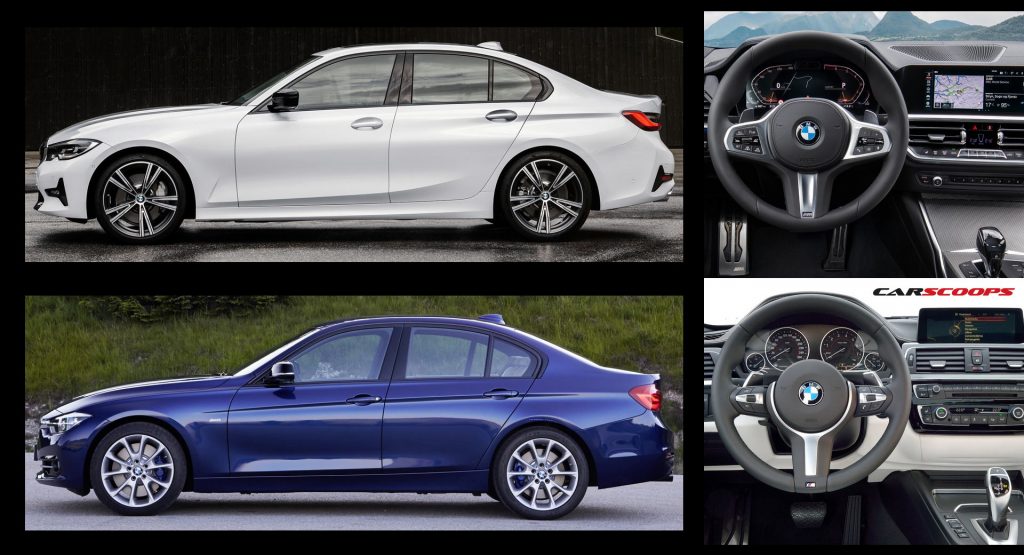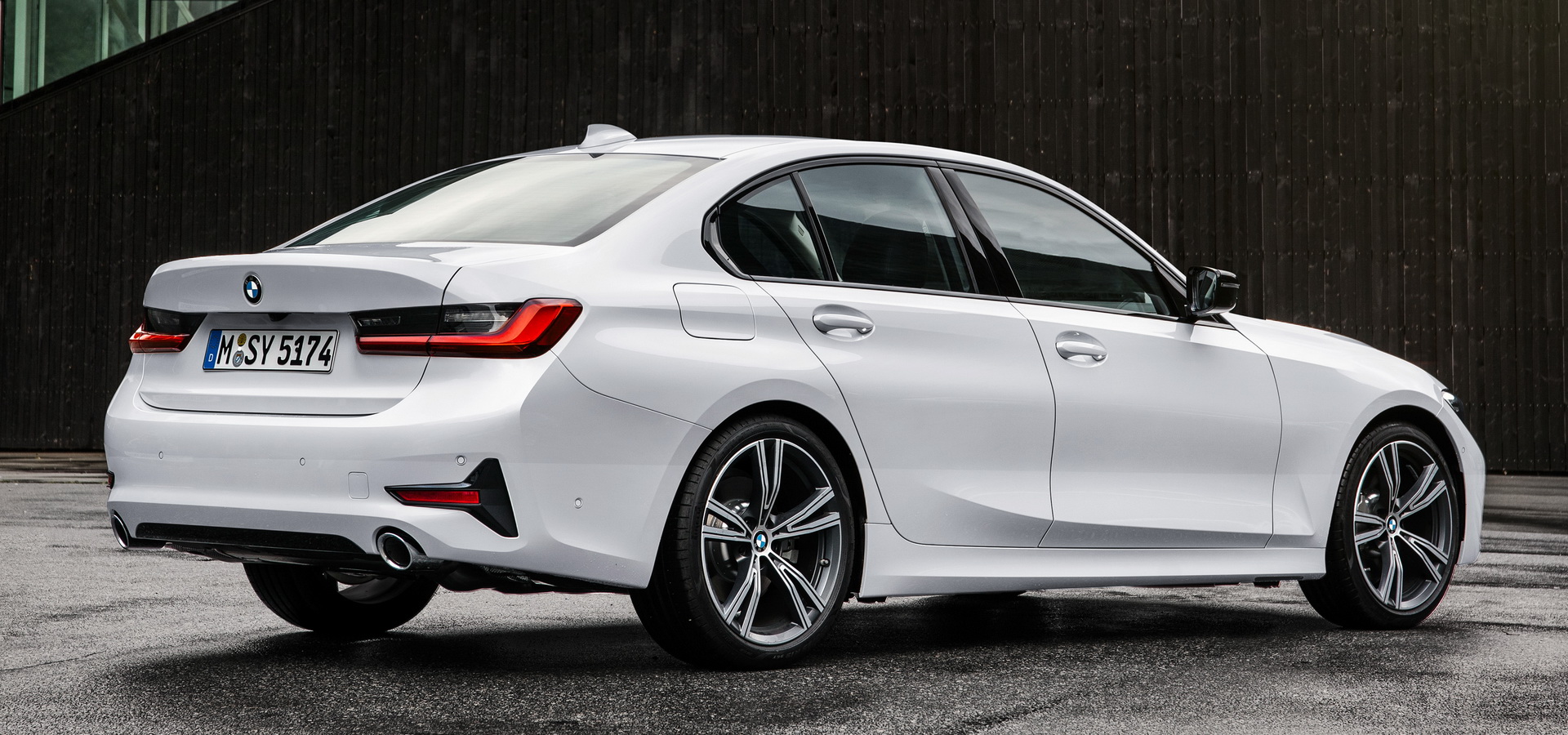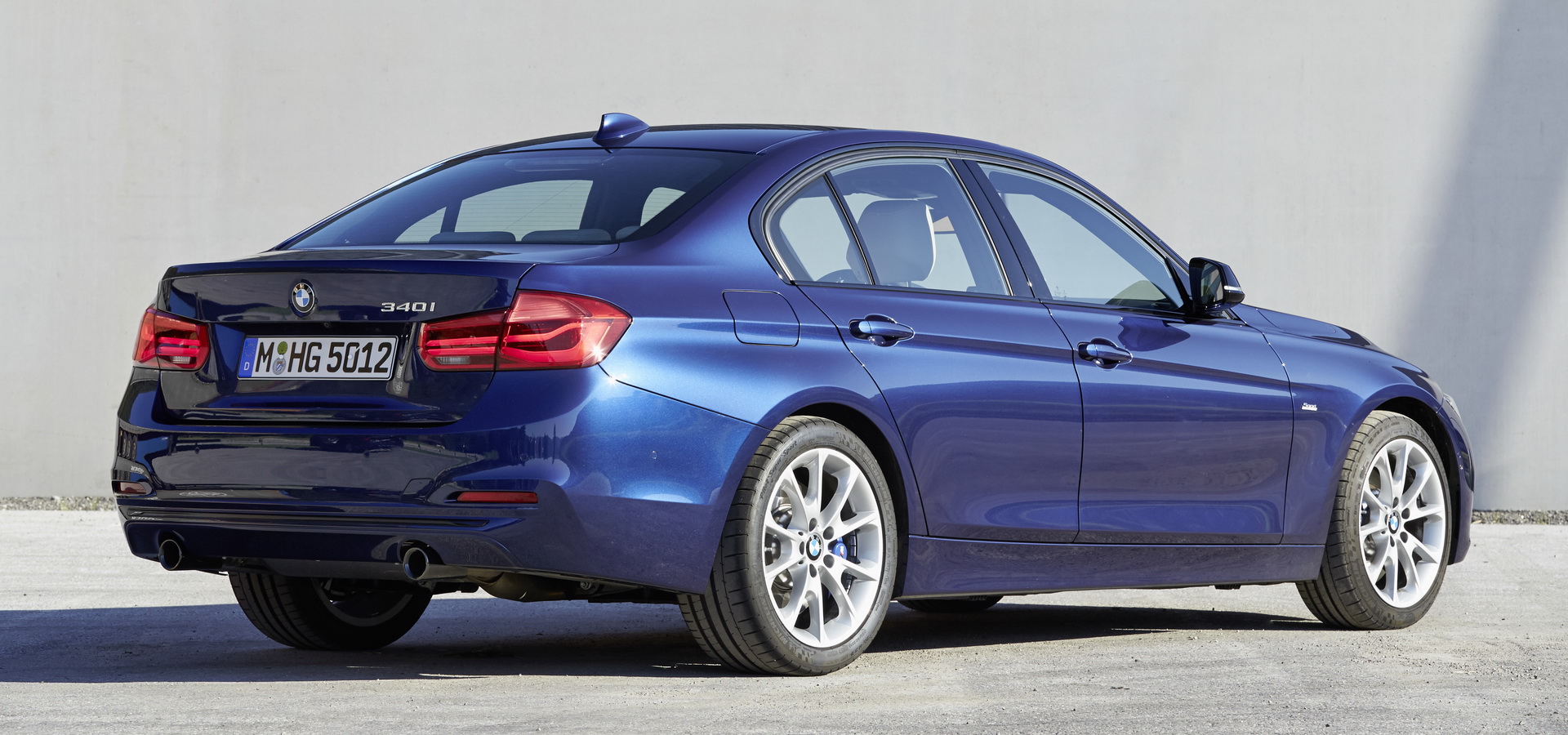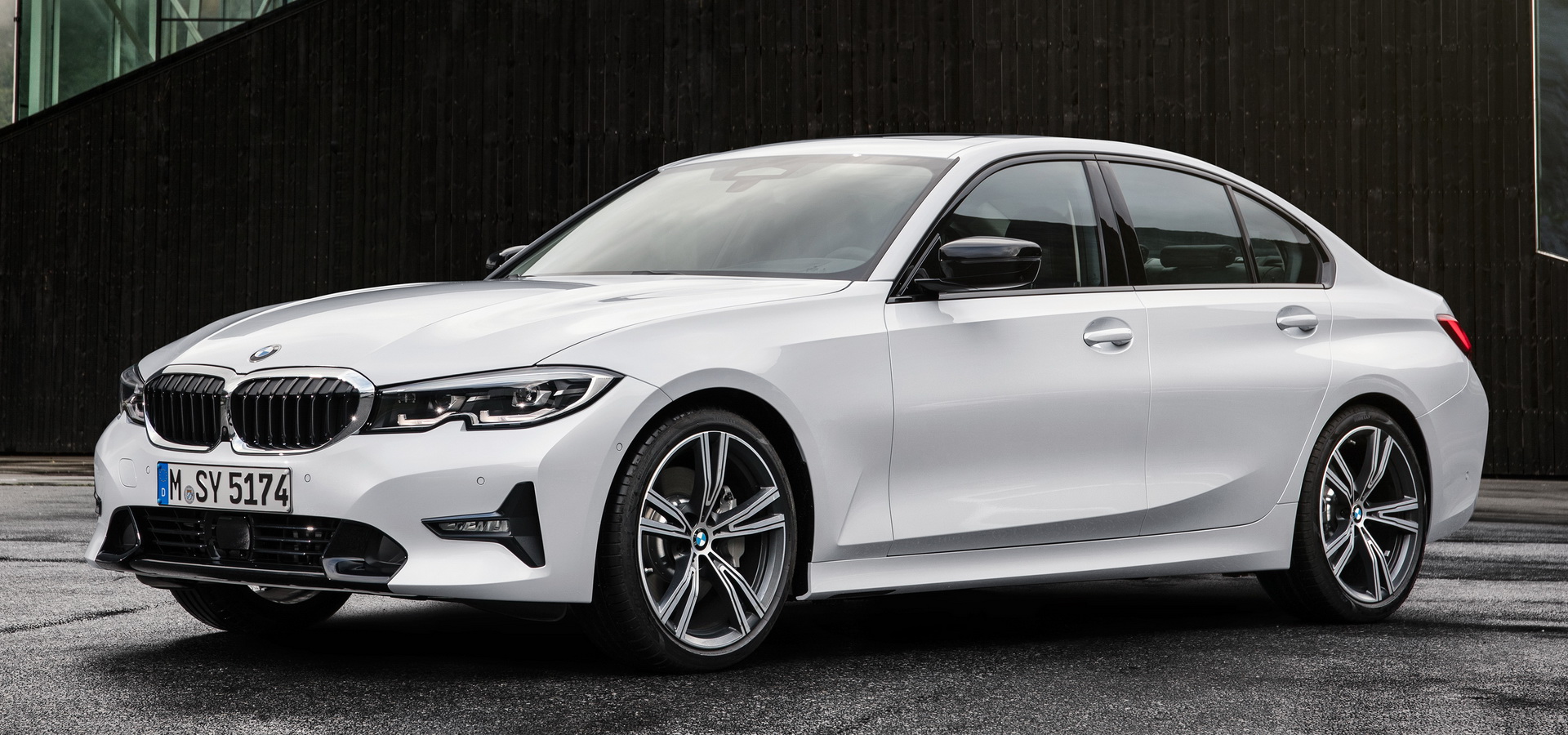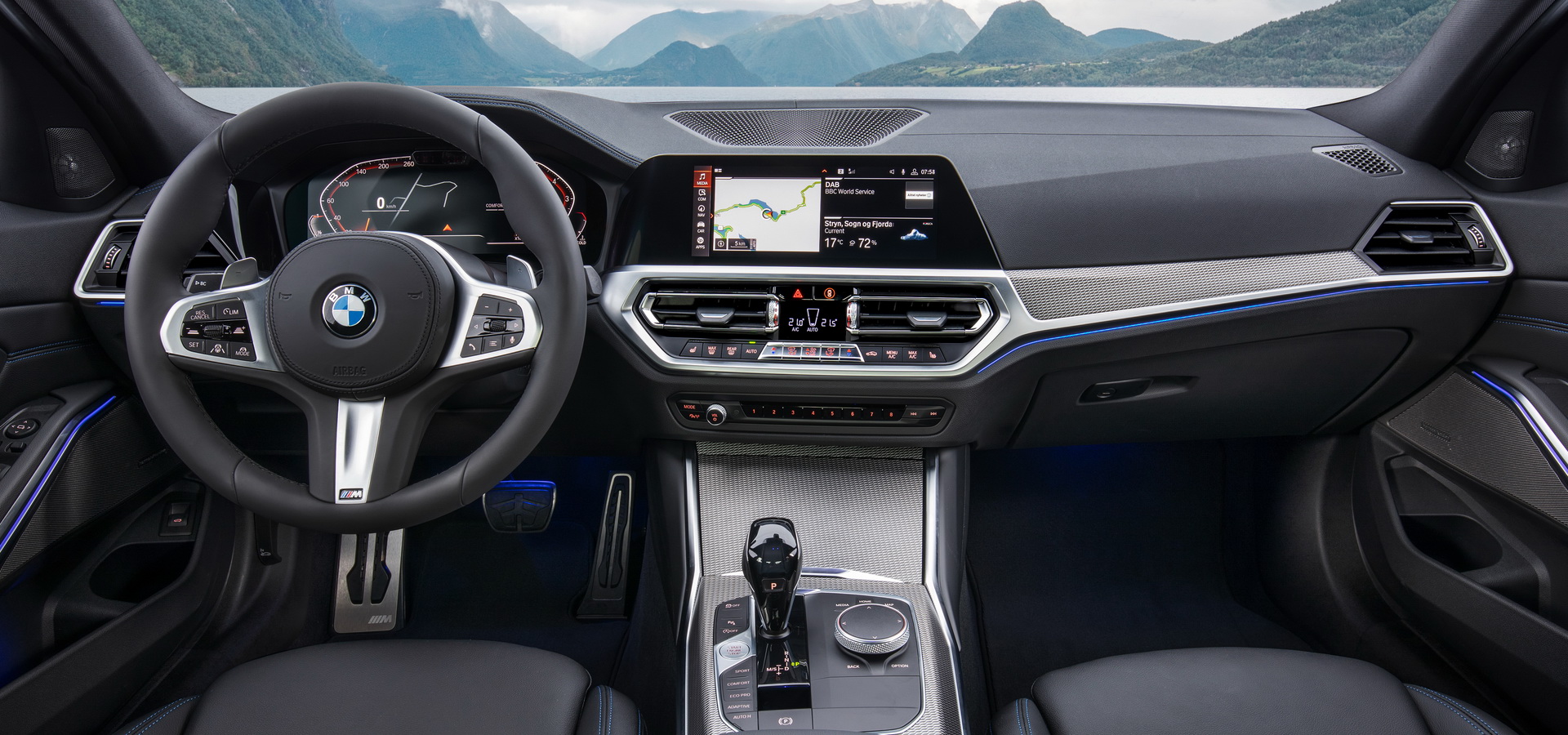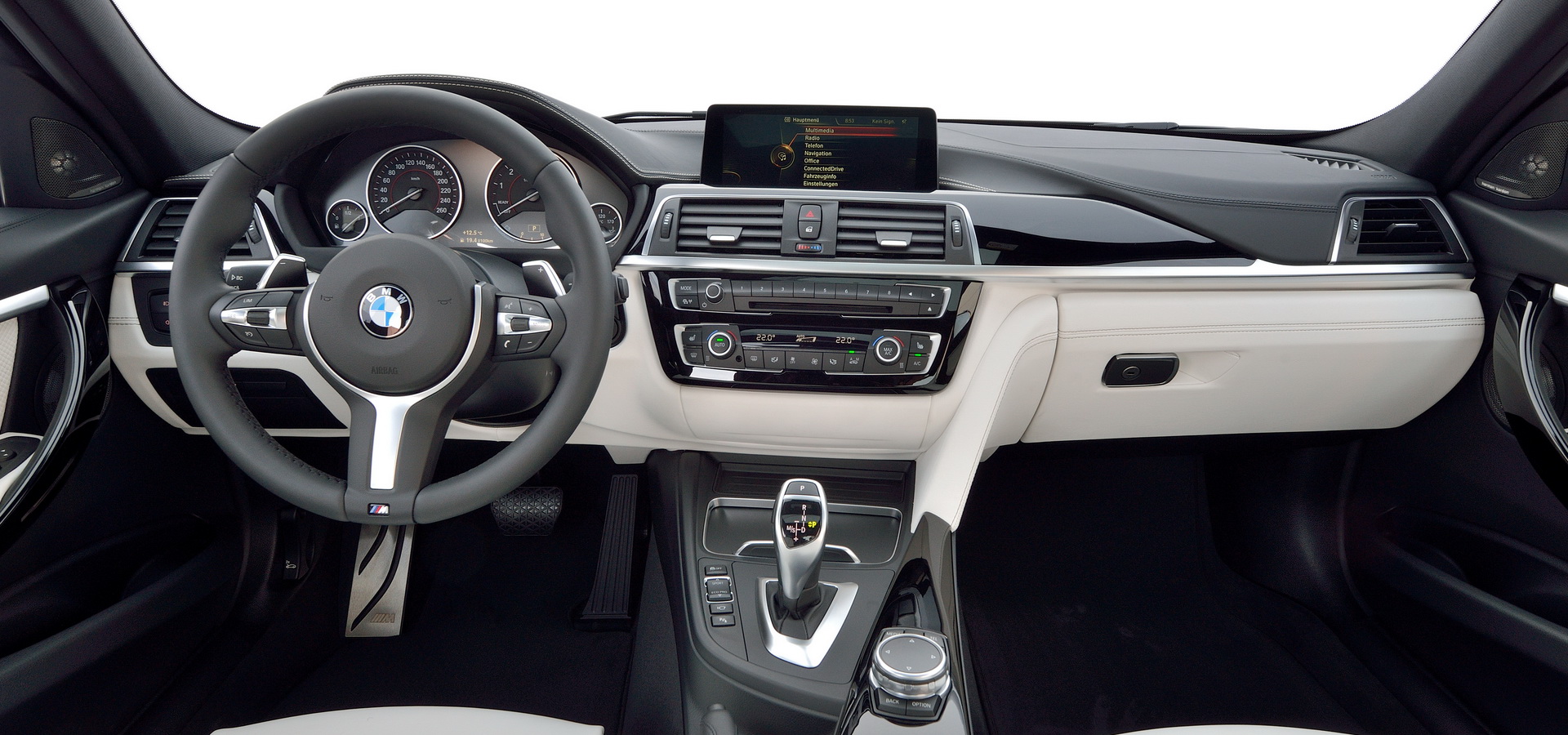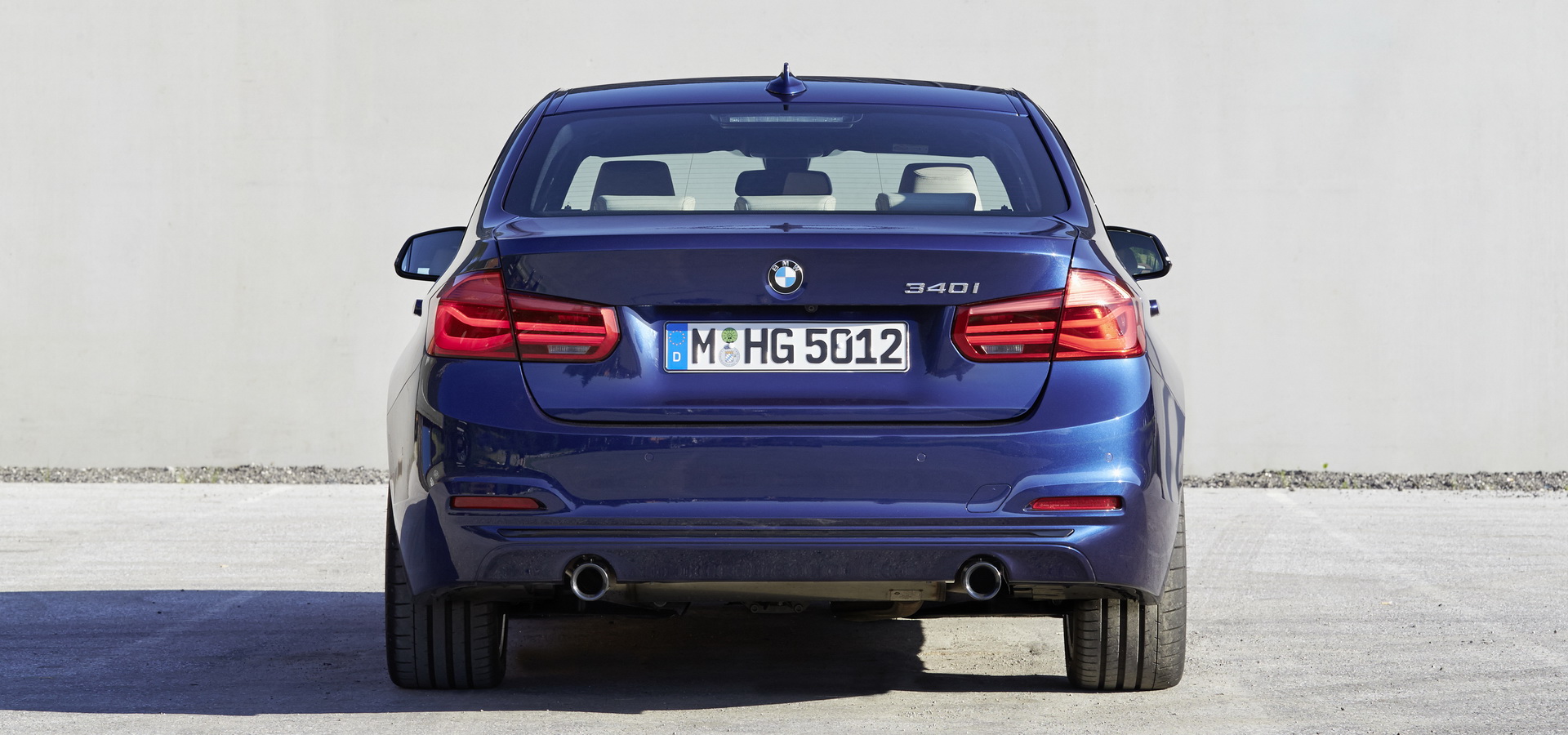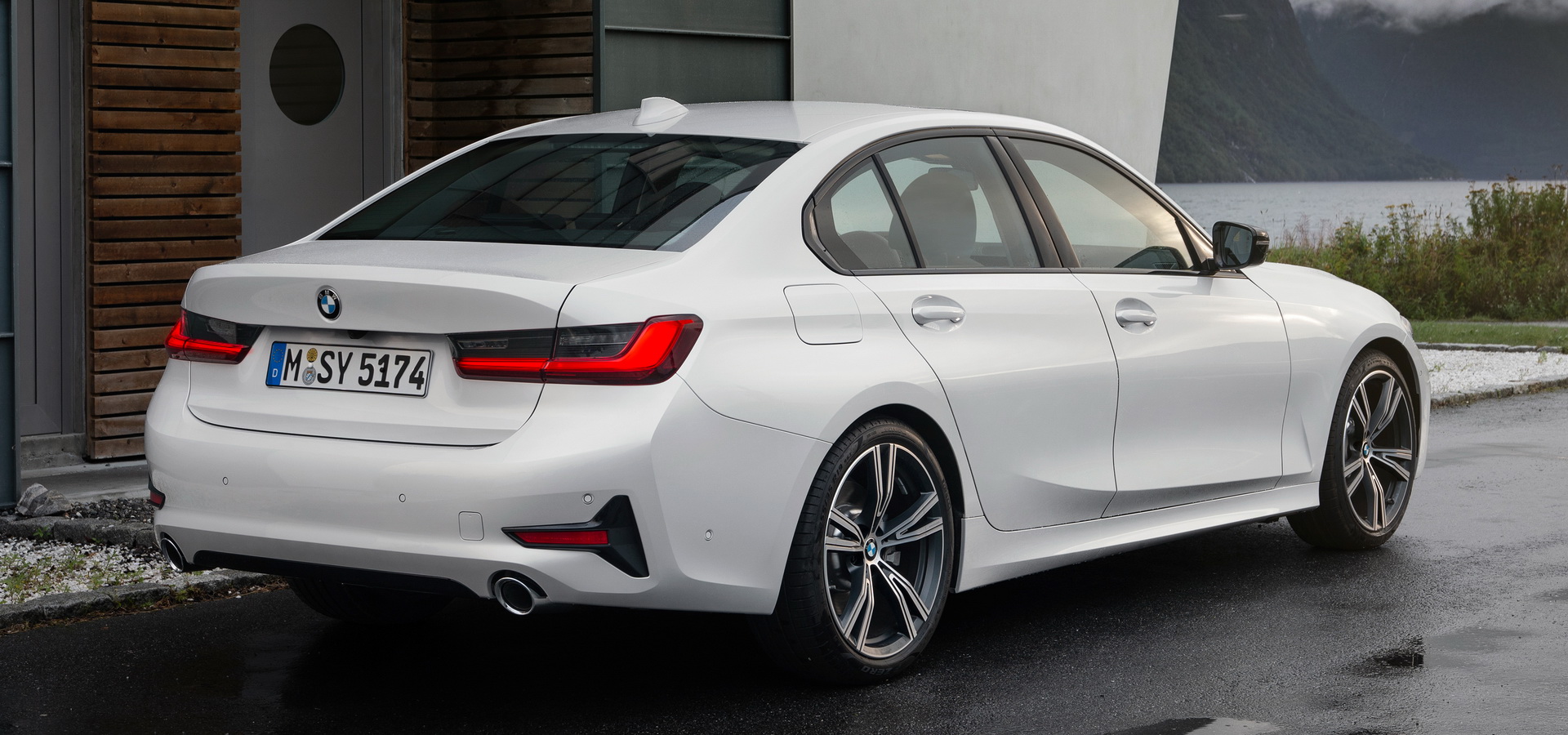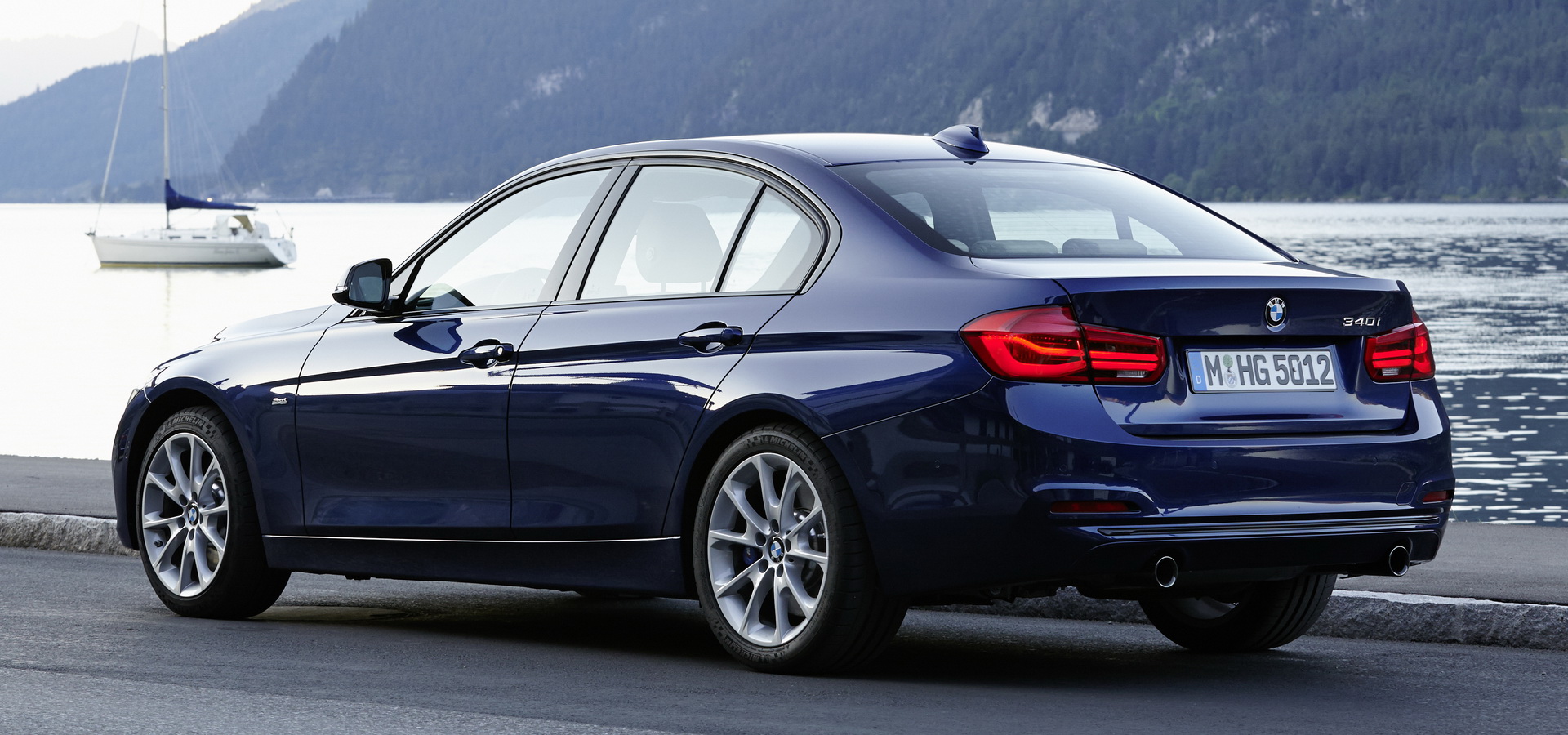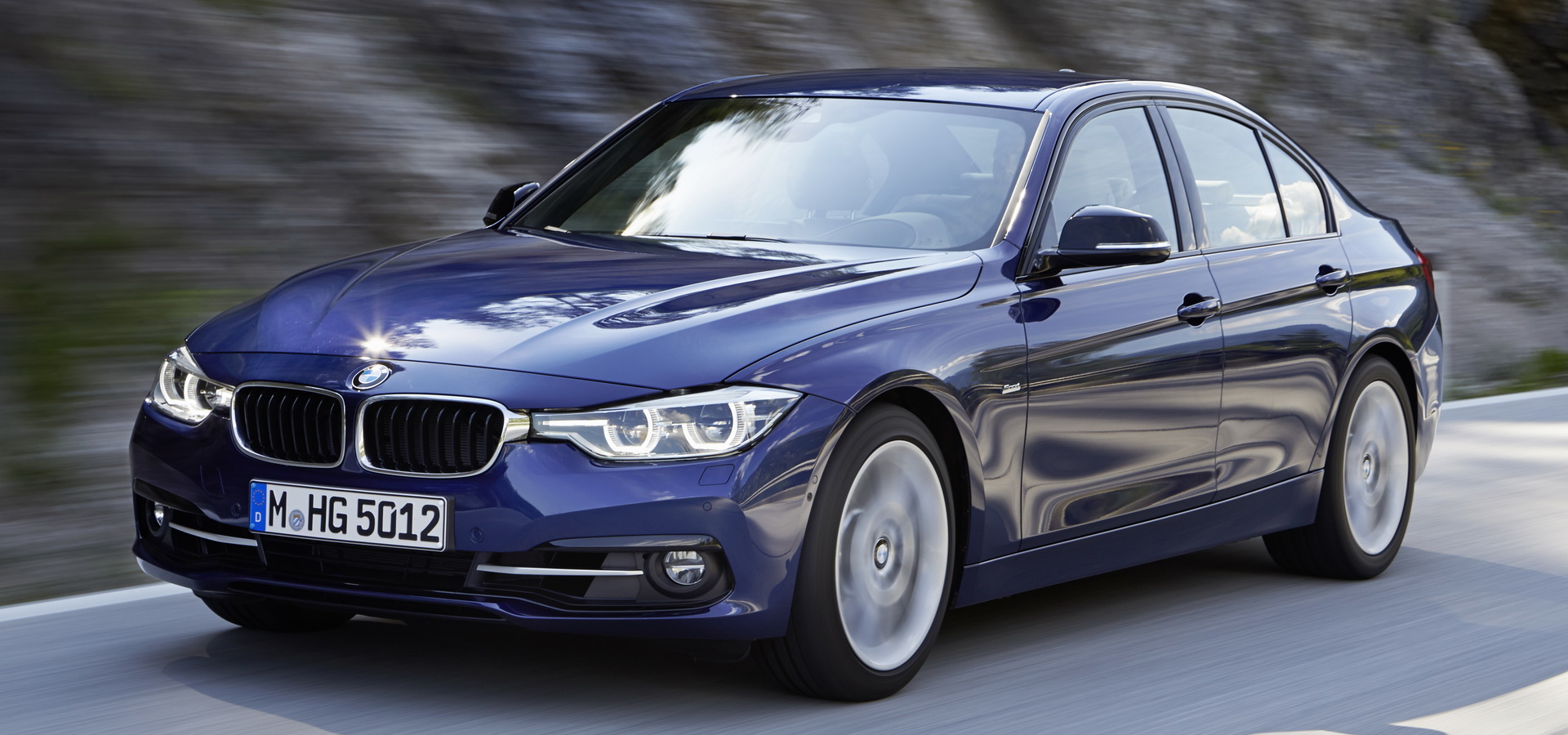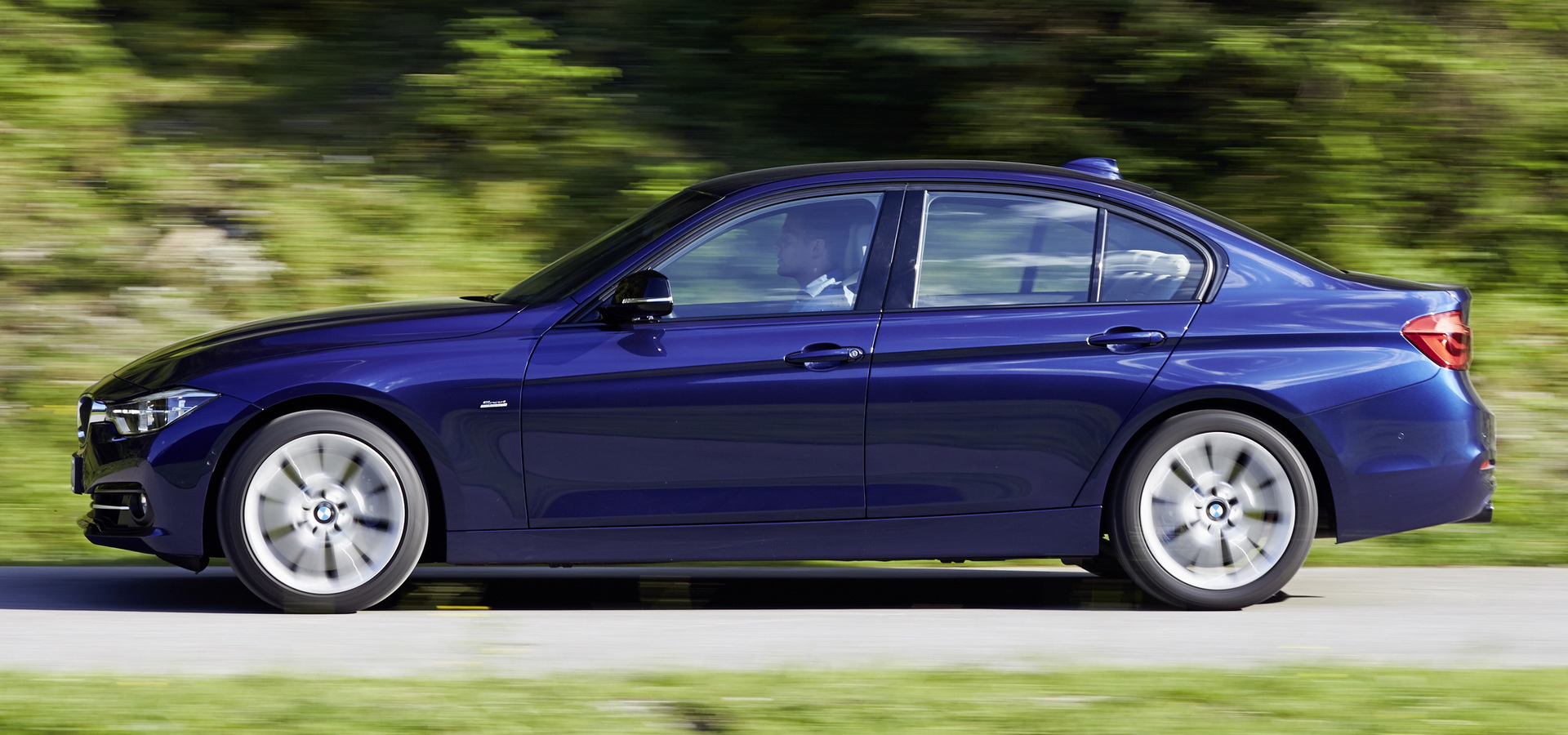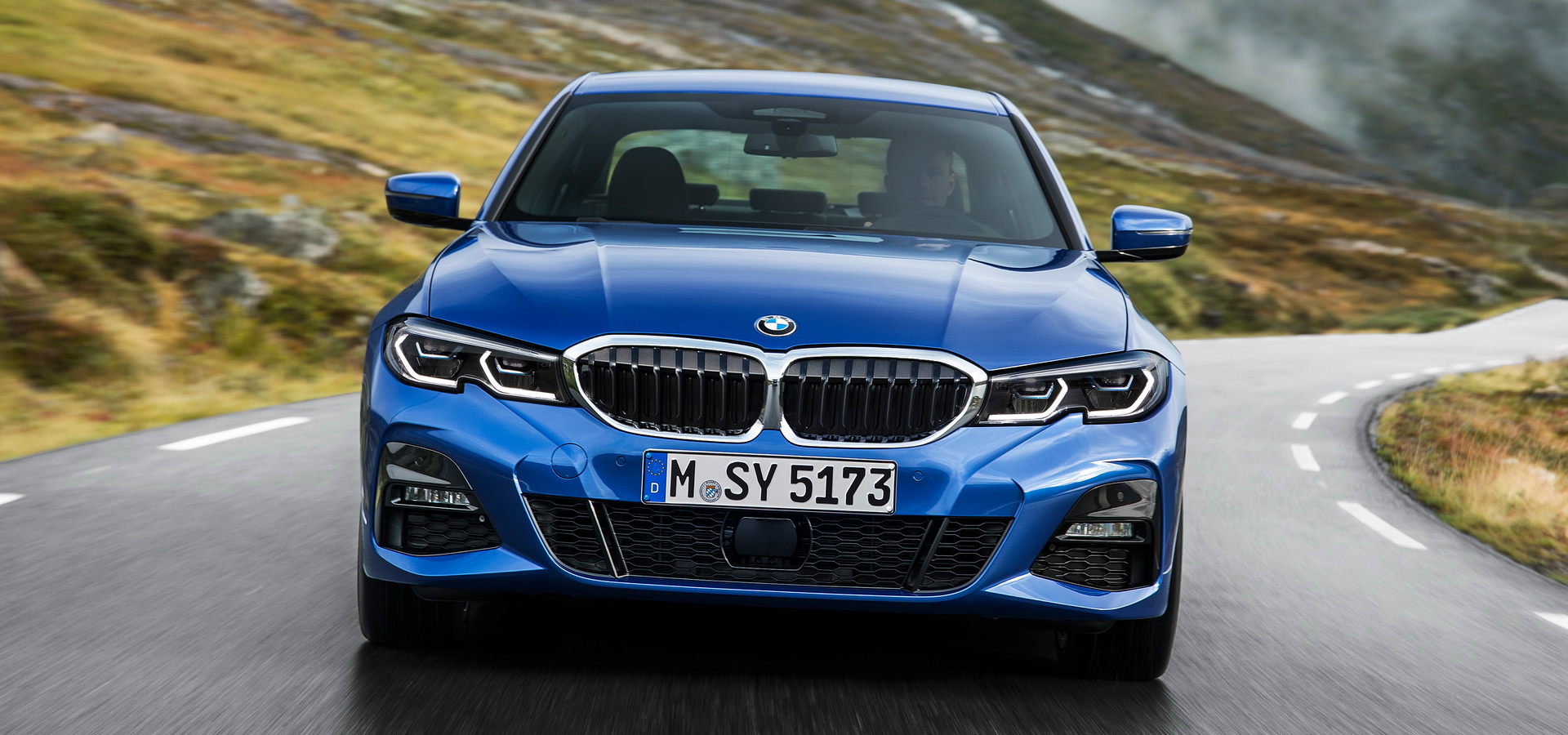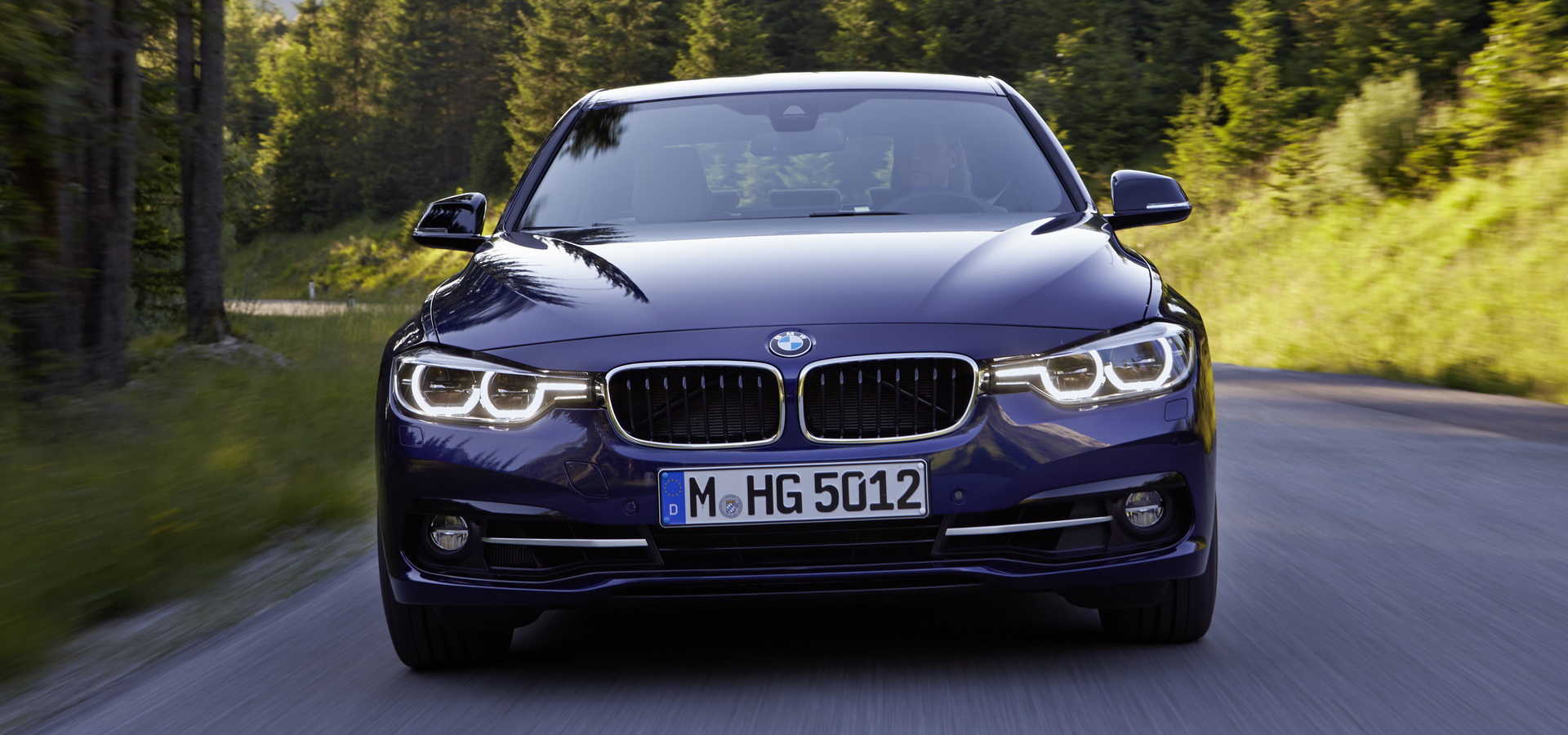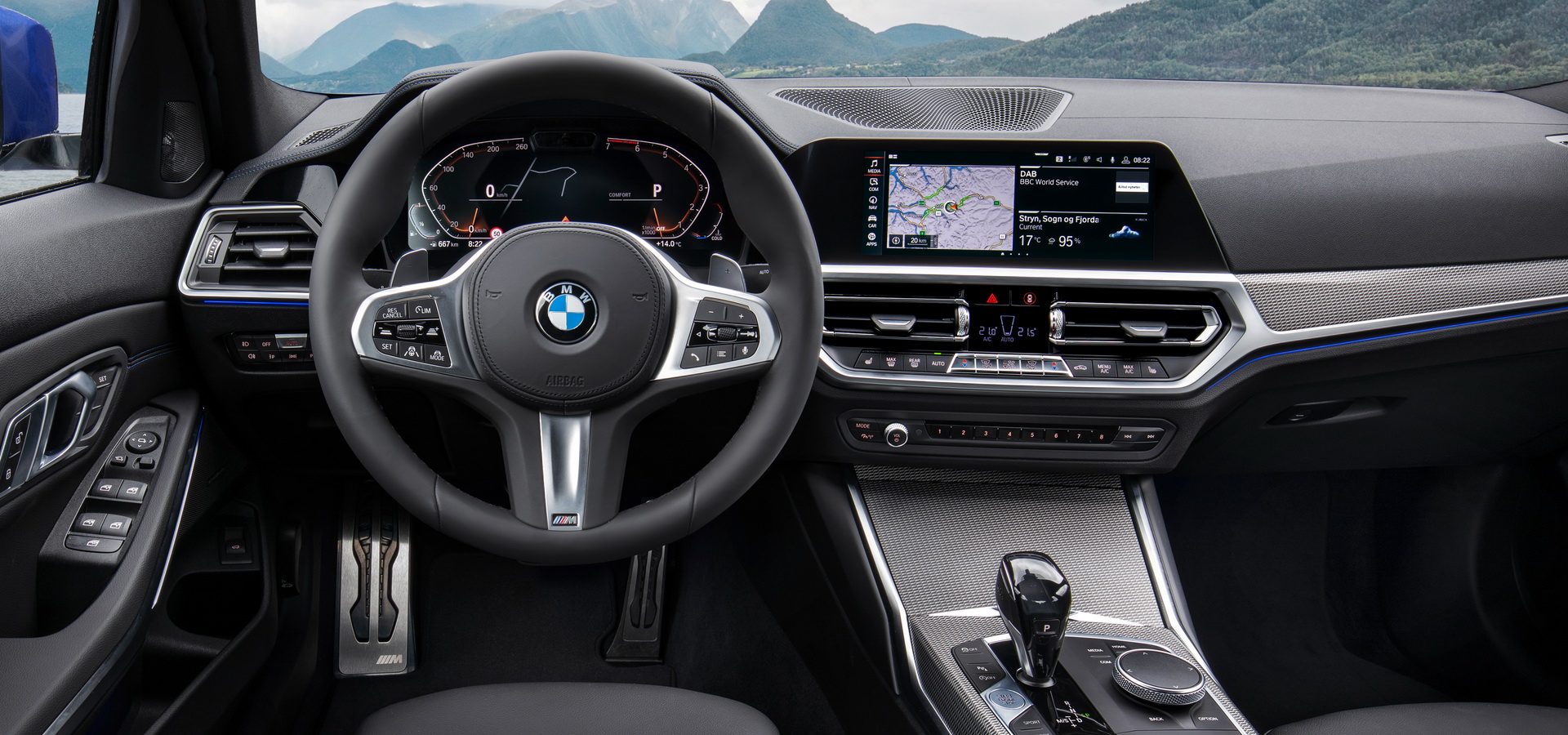What do you think about when you say BMW? Odds are, it’s something associated with sportiness, aggressive looks maybe, a premium image no doubt, and of course tradition. The Bavarian automaker has been making memorable passenger cars for over half a century.
Let’s get more specific though. What model do you feel best represents the people at Bavarian Motor Works? Because if your answer is the 3-Series, then you should know that you’re right. It’s BMW’s best-selling model.
So yeah, the fact that a brand spanking new one just dropped is a pretty big deal for the entire automotive industry, because the 3er has long been the benchmark for sports sedans as far as driving dynamics are concerned – and when you put the ‘Sport’ in sport sedan, you pretty much have a lot of weight on your shoulders to always put your best foot forward.
Recently though, rivals like the Jaguar XE have gotten awfully close to besting the 3-Series at its own game, while the Alfa Romeo Giulia already has, some would say.
Of course, there’s more to a premium product than just driving dynamics. While developing the G20, BMW had to worry about comfort and technology, efficiency, aesthetics and plenty of other aspects that you simply cannot get wrong in what is basically the quintessential Bimmer.
If you read our coverage of the 3-Series’ unveiling, you undoubtedly know that the new G20 is the most advanced 3er ever built, possibly sufficiently so as to edge out Mercedes and Audi when it comes to on-board tech. What about looks though? Do you feel BMW have done the right thing by visually turning the 3-Series into a smaller 5-Series, so to speak?
The G20 looks chunky, but in a good way
During the design process, BMW wanted to make sure its modern appearance would be emphasized by precise and contoured surfaces throughout, while the large kidney grille, new headlight design, new Hofmeister kink and slim L-shaped taillights gave it a whole new dimension compared to its predecessor, the F30.
Compared to the latter, specifically the facelifted version of the F30, the all-new model seems better proportioned. Its front end no longer looks awkward from certain angles (nitpicking), while the profile is a little more imposing thanks to a visibly higher shoulder line.
As for the rear, that’s a different story. If you felt like you don’t recognize this car as a BMW because of its rear end design, we can totally understand where you’re coming from. It’s because of the taillights right? They do look a little Lexus-ish. The F30 on the other hand had actual L-shaped taillights, rather than just L-shaped LED strips.
Clever and comfy
Arguing in favor of the F30’s dashboard design over that of the G20 is very difficult. If you like tech, then rest assured that the older car can’t hold a candle to the new one’s features. Like the Live Cockpit Professional with BMW OS 7.0, or the Intelligent Personal Assistant, larger head-up display, ambient lighting or the 12.3-inch and 10.25-inch displays. And let’s not forget about the interior being more spacious too.
There’s also an electronic parking brake instead of a manual one, plus a completely new door handle design, in case anybody cared about that. No? OK. Moving on.
Altogether, the G20’s dashboard is definitely more modern and if you think it looks like it belongs on a more expensive car, well that’s because it’s basically a less cluttered version of the latest G30 5-Series’ dash.
Worth trading up?
It’s probably current F30 3-Series owners who can best answer this question. In case some of you are in a position to consider moving on from an F30 to a G20, then tell us, would you do it?
Financially, it would be no small thing, as used F30 models have depreciated heavily these past couple of years. But if you really like what BMW have done with the new 3-Series, we reckon buying one would be a tough thing to resist, seen as how this should be the most technologically-advanced car in its class.



